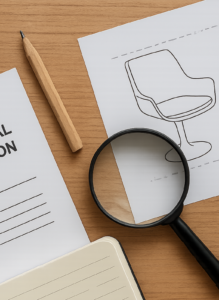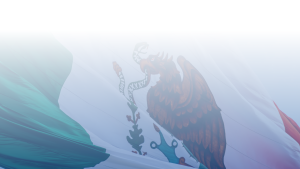Patent Filing in Brazil: A Comprehensive Guide to the Brazilian Patent Process
Brazil, as the largest economy in Latin America, is a key jurisdiction for securing patent protection. Navigating the patent filing process in Brazil requires understanding the types of protection available and the procedural steps at the Brazilian Intellectual Property Office (INPI). This comprehensive guide explains the patent filing process in Brazil, covering Invention Patents, Utility Models, and Industrial Designs, as well as the different filing procedures with the INPI, including Direct Filings and PCT National Phase Entry into Brazil.
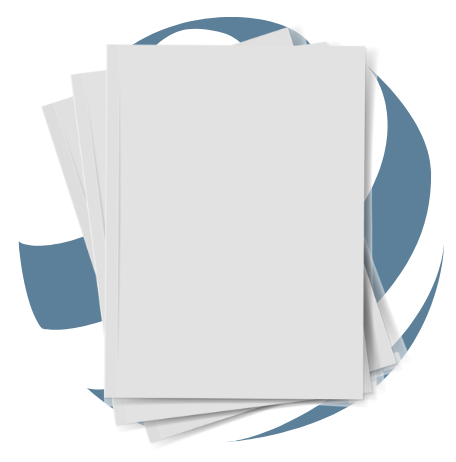
Why It Is Important to File a Patent in Brazil
Filing a patent in Brazil is a strategic move for inventors and companies aiming to protect their innovations in one of the world’s largest and most dynamic markets. As the leading economy in Latin America and the ninth largest globally, Brazil represents a critical jurisdiction for safeguarding intellectual property rights. A Brazilian patent not only grants exclusive protection across a vast territory with more than 200 million consumers, but also strengthens a company’s position in manufacturing, licensing, and export activities throughout South America. Moreover, with Brazil’s participation in the Patent Cooperation Treaty (PCT) and significant improvements in examination speed and transparency at INPI, obtaining patent protection has become more efficient and commercially valuable.
Overview of Patent Types in Brazil
Brazil’s industrial property law provides three main forms of patent protection: Invention Patents (Patente de Invenção), Utility Model Patents (Modelo de Utilidade), and Industrial Design Registrations (Desenho Industrial). Each has distinct criteria and protection terms:
1. Invention Patents (Patente de Invenção)
Invention patents confer the exclusive right to prevent others from making, using, selling, or importing the patented product or process in Brazil (WIPO). These are the standard patents for inventions and are granted for products or processes that meet the requirements of novelty, inventive step, and industrial application. Inventions can include new products (compounds, devices, machines) or processes/methods across any field of technology.
The term of an invention patent in Brazil is 20 years from the filing date (WIPO).
2. Utility Model Patents (Modelo de Utilidade)
A utility model in Brazil protects an object of practical use, usually a shape or structural improvement in a tool or apparatus, that is industrially applicable. Processes or chemical compositions cannot be utility models, only physical objects (typically three-dimensional articles) qualify (INPI). The inventive threshold is lower than for invention patents, hence utility models are sometimes called “petty patents”.
Utility model patents have a 15-year term from filing (WIPO). They undergo substantive examination in Brazil (unlike some countries that skip examination for utility models), but the standard for inventive step is more lenient.
3. Industrial Design (Desenho Industrial)
An industrial design is defined as the ornamental visual design of an object or pattern, i.e. the aesthetic appearance that gives a new and original visual result. Functionality is not protected by a design, only the non-functional, ornamental aspects of a product’s shape or surface patterns. Multiple related design variations (up to 20) can be included in one application if they share the same distinctive characteristics (INPI). A design application in Brazil undergoes only a formal examination; if formal requirements are met, the design is granted and published without substantive novelty examination.
The term of a design registration is 10 years from filing, renewable for three additional 5-year periods (maximum 25 years). This means the initial registration lasts 10 years and can be extended up to 25 years in total (WIPO).
Key Insight
Brazil offers three distinct protection routes: Invention Patents for broad innovations, Utility Model Patents for practical device improvements, and Industrial Design Patents for product aesthetics, each with different requirements and term lengths, allowing applicants to tailor protection to the nature of their invention.
Brazil Standard Process Timeline
The patent process in Brazil follows a structured sequence managed by the National Institute of Industrial Property (INPI). Understanding these timeframes helps applicants plan strategically and maintain protection throughout prosecution.
The Standard Patent Process for Invention Patents should be as it follows:
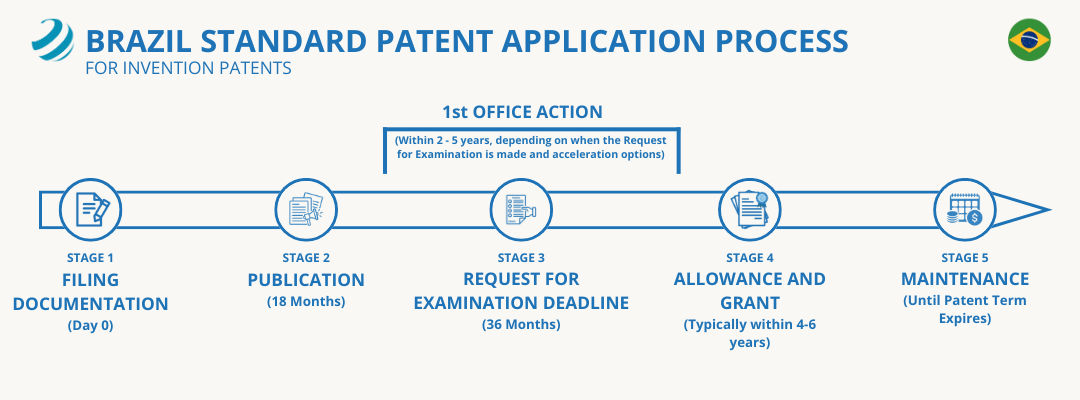
Direct Patent Filing Process in Brazil
Filing a patent application directly in Brazil (not via the PCT) involves preparing the application in compliance with INPI requirements and observing the procedural deadlines. Below is a step-by-step overview of the Brazilian patent application process when filing nationally (often called the “Paris Convention Route” if claiming priority from an earlier foreign application).
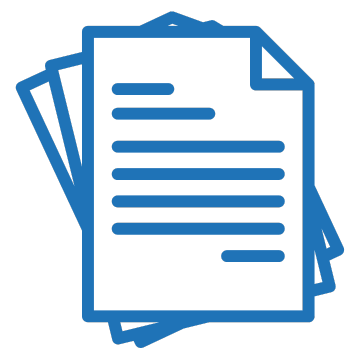
Required Documents
A Brazilian application requires similar documentation as other jurisdictions: a request form, the specifications, claims, abstract, and drawings (in Portuguese as noted). If the application claims priority from an earlier foreign filing under the Paris Convention, a certified copy of the priority document must be provided (with a simple Portuguese translation) within a prescribed time (commonly 90 days from filing for conventional applications) (ICLG).
Additionally, if the applicant in Brazil is not the inventor, an assignment or inventor’s release may be required to show the applicant’s right to the invention, and a simple copy of the assignment with translation can be filed within about 3 months of filing (INPI).
The Power of Attorney (POA) appointing a Brazilian patent agent is another key document. Brazil allows a POA to be filed after the application (within 60 days), and no notarization or legalization is needed (ICLG). Foreign applicants must appoint a local Brazilian agent and maintain a local address for service, so obtaining a POA is essential. While INPI may not require the POA at the exact filing moment, submitting it with the application (or soon after) is highly recommended to avoid a formal office action.
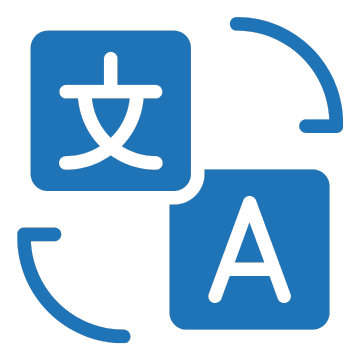
Language and Translation
The official language for patents in Brazil is Portuguese. A Brazilian patent application must be filed in Portuguese or accompanied by a Portuguese translation. At minimum, the title, abstract, and claims must be in Portuguese at filing.
If the specification (description) is initially in another language (e.g. English), the INPI allows a short window (usually 30 days after filing) to submit the full Portuguese translation. This means foreign applicants can file quickly with a Portuguese translation of the claims and provide the rest of the translation within one month. However, it is generally recommended to have the full application in Portuguese at filing to avoid any issues. All drawings and sequence listings (if applicable) should be included at filing, as missing drawings cannot be added later.
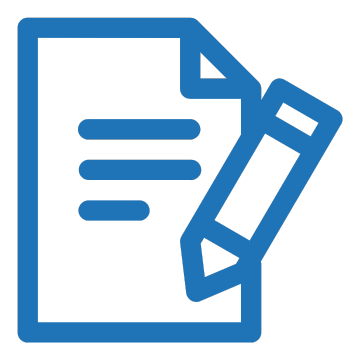
Filing Process
Brazil uses an electronic filing system (e-INPI) for patent applications. Applicants (or their local attorney) must create an e-INPI account and pay the filing fee via a GRU (government payment form) (INPI).
Once the fee is paid and the online forms are completed with the application data, the application can be submitted. The filing date is accorded once INPI receives the application documents and payment. If any required element (like claims or drawings) is missing at filing, INPI may issue a notice to correct deficiencies; failing to timely correct can lead to dismissal. After filing, the application is assigned a Brazilian application number and filing date.

Publication
A newly filed patent application in Brazil remains confidential for 18 months from the filing date or earliest priority date, after which INPI publishes it in the Industrial Property Gazette (Revista da Propriedade Industrial, RPI).
At the 18-month mark, the application’s abstract and representative details are made public, unless the applicant requests early publication, which can be done any time after filing to expedite public disclosure (WIPO). Once published, the application is open for public inspection and is part of the state of the art.
The 18-month publication is automatic, the applicant does not need to take action, except paying the publication fee as part of the filing fees.
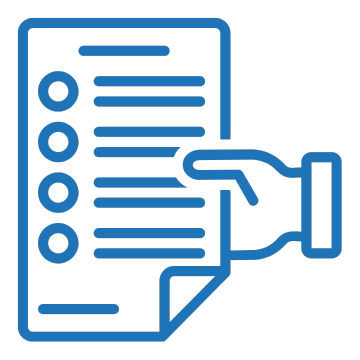
Request for Examination
In Brazil, the INPI does not examine patent applications automatically. The applicant must file a request for examination within 36 months (3 years) from the Brazilian filing date (or from the international filing date for national phase applications) (INPI). This 36-month period applies to both invention patents and utility models.
If the applicant fails to request examination in time, the application will be deemed withdrawn (shelved) for non-request. INPI allows a grace period of additional 60 days after the 36-month deadline to request examination with payment of a late fee (INPI). After that, the application cannot be revived.
In practice, many applicants do not wait the full 3 years. Requesting examination at filing or early in the process can place the application in the examination queue sooner. However, delaying the exam request can be a strategic choice to defer costs or await developments.
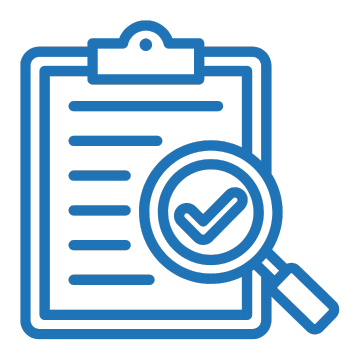
Substantive Examination
Once examination is requested and the application is published, the file enters the examination queue at INPI’s patent examination division. Brazil historically had a significant backlog of applications, meaning the wait for a first examination action could be a few years.
During substantive examination, an INPI patent examiner will review the application for compliance with formal requirements and patentability criteria (novelty, inventive step, industrial applicability). The examiner may issue Office Actions (examination reports) raising objections or rejections, to which the applicant can respond with arguments or amendments. Common issues include clarity or breadth of claims, adequacy of disclosure, and patentability over prior art.
The applicant typically has 90 days to respond to an Office Action (extendable once for 60 days upon petition). If the response overcomes the objections, the examiner will proceed toward allowance; if not, further Office Actions may be issued.
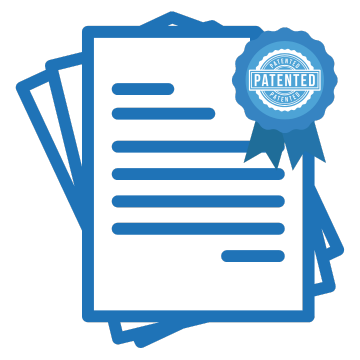
Allowance and Grant
When the examiner is satisfied that the application meets all requirements, INPI will issue a Notice of Allowance (in Portuguese, “Despacho de Concessão” for patents, or “Deferimento”). The allowance is published in the RPI, and the applicant then must pay the grant (issuance) fee within 60 days (INPI).
Upon payment of the required issuance fee, INPI will proceed to issue the patent grant certificate and publish the grant. If the applicant fails to pay the grant fee in time, the patent is not issued, but there is a further brief grace period with surcharge to pay late. However, missing the grant fee can lead to lapse of the allowance.
Once granted, the patent is enforceable in Brazil (subject to any third-party post-grant challenges or pending litigations).

Maintenance (Annuities)
Like most jurisdictions, Brazil requires payment of annual maintenance fees to keep applications and patents in force. Uniquely, in Brazil the annuities start while the application is pending. Annual fees begin accruing at the start of the 3rd year from the filing date (i.e. after 2 years).
The first annuity must be paid by the end of the month in which the application’s second anniversary occurs, with a 3-month window (and a 6-month grace period with surcharge). For example, if a patent was filed in January 2023, the first annuity is due between January 2025 and March 2025. Subsequent annuities are due yearly.
If an annuity is not paid, the application (or patent) can be extinguished for non-payment, though a 6-month grace period after each due date is provided with late fees.
Key Insight
The direct filing process of a patent in Brazil requires early attention to deadlines, file in Portuguese (or quickly provide translations), request examination within 36 months from the filing date, and pay maintenance and grant fees on time to ensure your application proceeds smoothly to grant. Utilizing local counsel is essential for navigating INPI’s formalities and monitoring the process.
PCT National Phase Entry into Brazil
For applicants using the Patent Cooperation Treaty (PCT), Brazil is a popular destination as it is a PCT contracting state. Entering the national phase in Brazil via the PCT route has its own timeline and requirements, which largely align with the direct filing procedures but with some important differences.
National Phase Deadline
Brazil has a 30-month deadline from the priority date to enter the national phase for PCT applications (WIPO). This means the applicant must file the national phase application with INPI within 30 months of the earliest priority date listed in the PCT. Brazil does not grant routine extensions of the 30-month deadline, so timely entry is critical.
If you miss the 30-month date due to an error or unforeseen circumstance, however, you can petition INPI to accept a late entry. This request must be made within 2 months from the removal of the cause of delay or up to 12 months from the 30-month deadline, whichever is earlier (WIPO). The applicant must show that the delay was unintentional or that due care was taken.
Filing Requirements for National Phase
To enter the national phase in Brazil, the applicant needs to submit to INPI
- A copy of the International Application (PCT publication).
- Portuguese translation of the PCT application (at least the specification and claims).
- Any amendments with their translations (if the applicant wants those amendments
considered). - Accompanying documents like drawings, sequence listings, etc..
At the time of national phase filing, Brazil requires the title, abstract, and claims in Portuguese (WIPO). If the PCT specification was in English or another language, Brazil allows a short 60-day extension after the national phase filing date to submit the full Portuguese translation of the description.
Assignments (If Applicable)
According to Brazilian practice, if the entity entering national phase is not the same as the one named in the PCT publication as applicant, then an assignment document or a simple document evidencing the transfer should be submitted. Brazil’s law allows 180 days from national filing to provide an assignment for a priority right transfer (WIPO). In many cases, if the PCT was filed with the correct applicant’s name, this isn’t needed.
National Phase Filing Process
The national phase entry is done through the e-INPI portal. The applicant will need the PCT application number, international filing date, publication date, etc., and will need to attach the required documents.
The filing fee for a national phase entry is the same as for a direct application. Once filed, the national phase application gets a Brazilian application number (distinct from the PCT number) and is treated much like a normal application filed on that date. The filing date in Brazil for purposes of patent term is effectively the international filing date (the patent term will count 20 years from the PCT’s international date), but procedural deadlines (like examination request and annuities) count from the Brazilian national phase entry date or international date as specified by law.
Examination Request Deadline
Examination must be requested within 36 months of the international filing date, not the date of entry in Brazil (INPI). For example, if a PCT was filed on Jan 1st, 2023, and entered Brazil in June 2025 (30 months later), the deadline to request examination is still Dec 31st, 2025 (36 months from Jan 2023).
Post-Filing Procedure
After entry and publication, the prosecution of a PCT- National Phase Application in Brazil is essentially the same as a direct filing.
Note that the International Search Report (ISR) and International Preliminary Examination Report (IPER) (if any) from the PCT phase do not automatically bind INPI, but examiners often consider them. If the PCT application had a favorable IPRP (Chapter II examination) or if claims were indicated as allowable, it can be useful to cite that and even use Brazil’s Patent Prosecution Highway (PPH) program (see next section) to accelerate examination based on a positive international or foreign office review.
Annuities in a Brazilian PCT National Phase
The annuity payments for a PCT National Phase Application in Brazil start similarly to direct filings at the beginning of the third year from the international date. However, Brazil’s rule for PCT entries is that if the 24th month (2 years) has passed by the time of national entry, the first annuity comes due within 3 months of entering the national phase (WIPO). Essentially, if you enter at 30 months, the clock for annuities started at 24 months after the international date, so you need to pay the 3rd-year fee shortly after entry. Future annuities then follow yearly schedule.

Key Insight
The PCT route gives you up to 30 months to enter a Brazilian PCT National Phase Application. If you enter the national phase, you must provide Portuguese translations and request examination within 36 months from the earliest priority date. Effectively, the PCT patent application process is different from direct filings at the beginning, but then converges with Brazil’s standard procedure, so timely action at entry (translations, fees, POA) is crucial for a smooth national phase transition.
Accelerated Examination Options for Brazil Patent Applications
Brazil offers several accelerated examination options designed to significantly reduce the time it takes for a patent application to be examined and granted by the National Institute of Industrial Property (INPI). These programs, ranging from the Patent Prosecution Highway (PPH) to prioritized examination for specific applicant categories or technologies, allow innovators to fast-track their applications based on international work-sharing, social or economic relevance, or urgent business needs. By using these mechanisms, applicants can often obtain a patent in Brazil within 1 to 2 years, compared to the standard 5 to 8 years under regular examination, making them an essential tool for companies or inventors seeking faster protection and market entry.
1. Patent Prosecution Highway (PPH)
Brazil has PPH agreements with several major patent offices (U.S., European Patent Office, Japan, China, Korea, PROSUL, and others). Under PPH, if you have at least one allowed claim in a corresponding application in one of those jurisdictions, you can request accelerated examination in Brazil by showing the allowed claims and mapping Brazil’s claims to them.
Brazil’s PPH program currently caps the number of PPH requests at 800 per year, and it operates on a first-come basis each year. A PPH request in Brazil, if granted, can move your application to the front of the line and often leads to a first Office Action within months. This is a powerful route if, for example, your U.S. application was granted quickly, you can then leverage that result to fast-track the Brazilian one.
The PPH request must be filed after the Brazilian publication and before the examination stage begins.
2. Prioritized Examination Programs
Apart from PPH, INPI offers many categories of prioritized examination (called “exame prioritário” in Portuguese) based on the subject matter or the applicant’s status. These include programs for technologies considered important, like green technologies for environment, technologies for health care or combating COVID-19, and applications filed by startups, small entities, or research institutions.
There are also fast-track options if infringement is occurring (evidence of unauthorized use by a third party) or if the patent is needed for obtaining financing or investment (INPI). Additionally, applicants over 60 years old, or with certain disabilities or illnesses, can request accelerated processing of their own applications.
For more information, please review the INPI Official Website.
Strengthen Your Global IP Strategy with a Brazilian Patent
Brazil has become a strategic cornerstone for patent protection, offering far more than simple legal coverage. Securing a patent in Brazil is an investment in one of the world’s most dynamic and innovation-driven markets. With a rapidly expanding economy, a modernized patent system, and its central role as Latin America’s innovation hub, Brazil provides inventors and companies with a unique opportunity to protect and commercialize their technologies in a jurisdiction that truly matters.
Thanks to the INPI’s accelerated examination programs, a streamlined application process, and strong alignment with international treaties like the PCT and Paris Convention, Brazil now stands out as one of the most attractive and efficient destinations for patent filings in the region. Applicants can benefit from flexible filing routes, faster examination timelines, and a steadily improving enforcement landscape.
Whether your goal is to enter the Brazilian market, manufacture locally, or strengthen your global IP portfolio, obtaining patent protection in Brazil can substantially enhance your competitive position. Filing early ensures your innovation remains exclusively yours in a market of over 200 million consumers, one that continues to grow in both economic and technological importance.
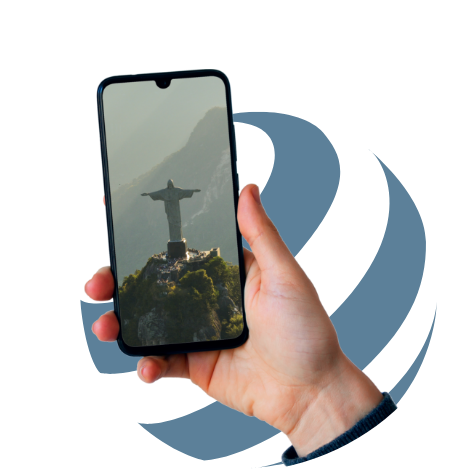
Get your Patent Filed in Brazil
Contact us today for a free consultation
References
- Instituto Nacional da Propriedade Industrial (INPI). Basic Guide for Patents. Available here. (Reviewed on October 2025)
- Instituto Nacional da Propriedade Industrial (INPI). Types of Prioritized examination. Available here. (Reviewed on October 2025)
- World Intellectual Property Organization (WIPO). PCT APPLICANT’S GUIDE: BR – Useful information. Available here. (Reviewed on October 2025)
- World Intellectual Property Organization (WIPO). An International Guide to Patent Case Management for Judges: Chapter 3 – Brazil. Available here. (Reviewed on October 2025)

